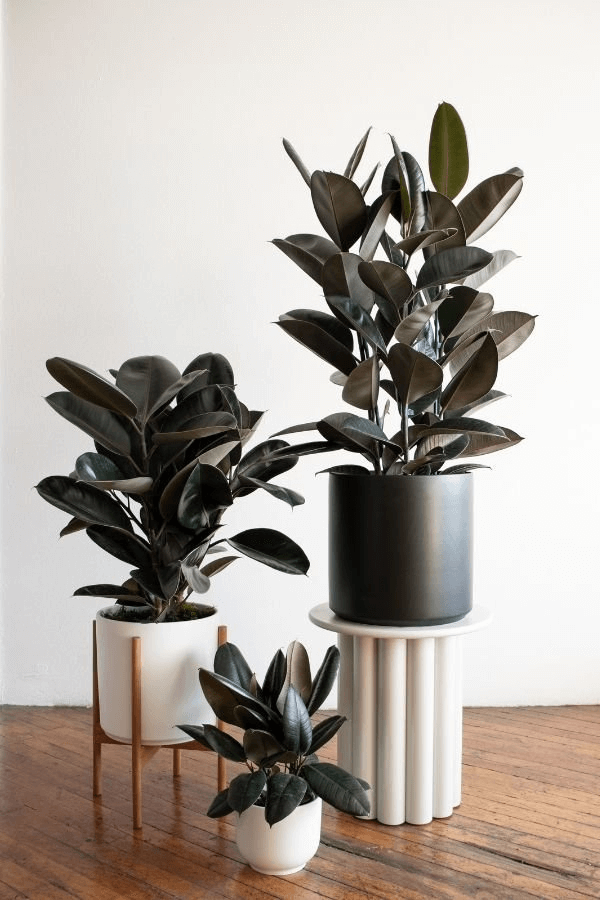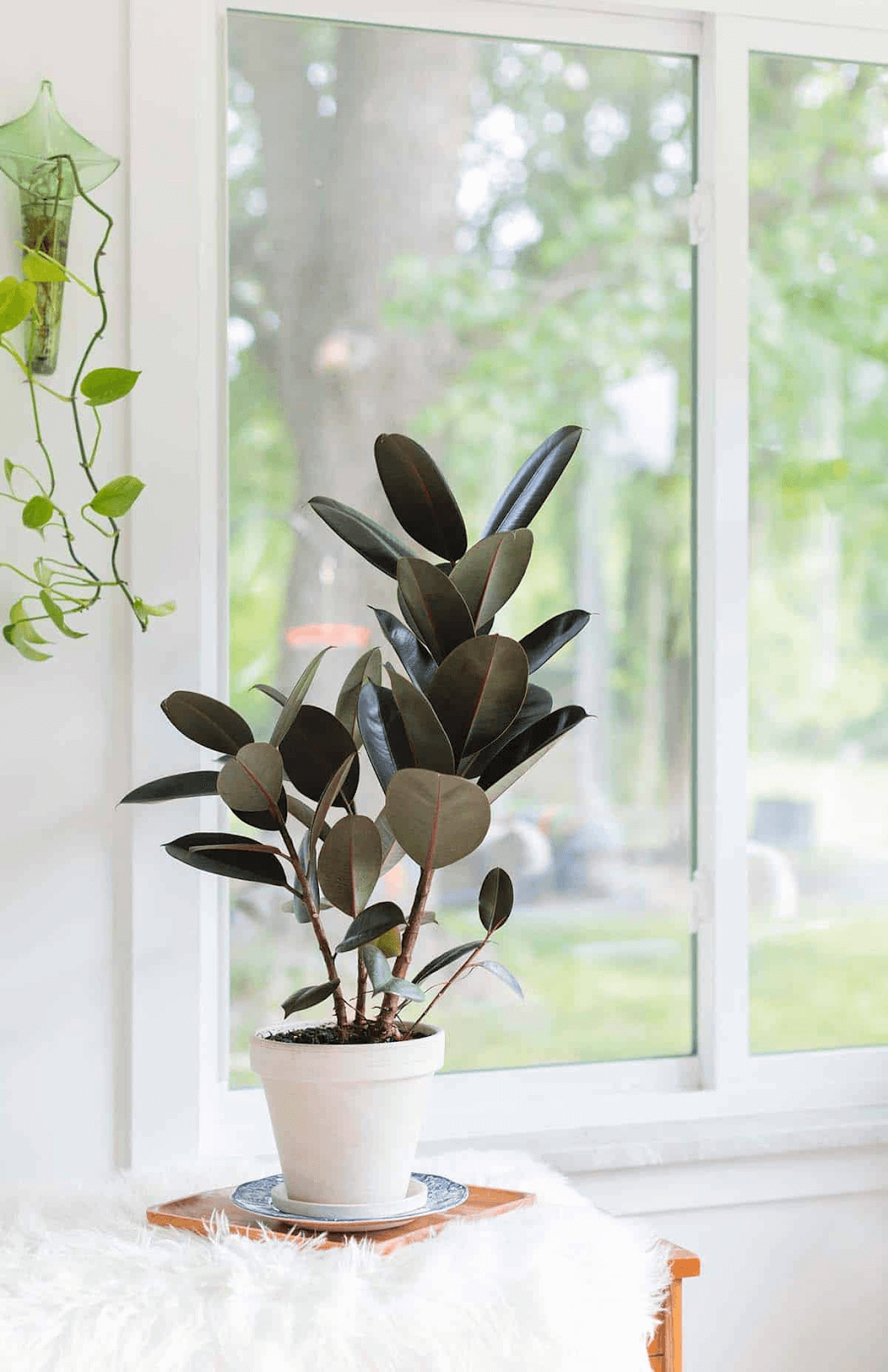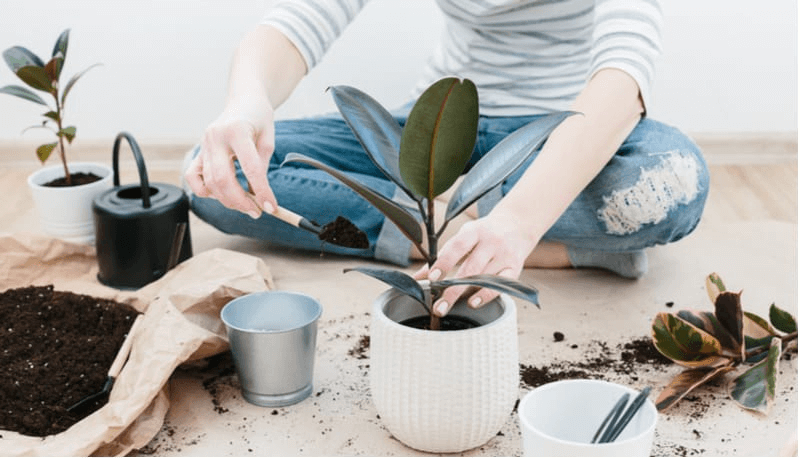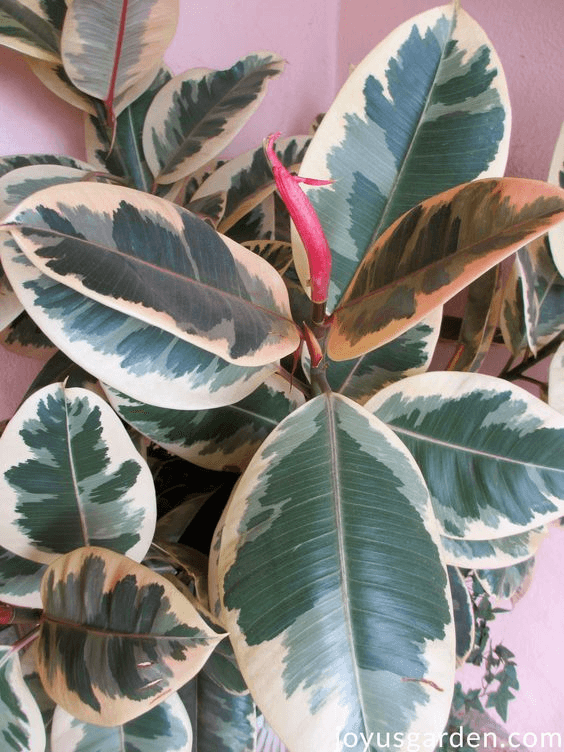Understanding Rubber Plant Basics
Rubber plants are usually cultivated in their indigenous setting, where they may attain heights of between 50-100 feet, but indoor rubber trees differ greatly while still maintaining almost identical sizes within captivity: For example, it is possible for dwarf rubber plant varieties to only reach two feet tall, whereas other common rubber plant species can achieve heights of about ten feet under appropriate growth conditions. The leaves of the rubber tree can be glossy green, reddish-brown, or pinkish with greenish and creamy colorations, and the size of a rubber tree's leaves can be from a few inches long to a foot and even more.








